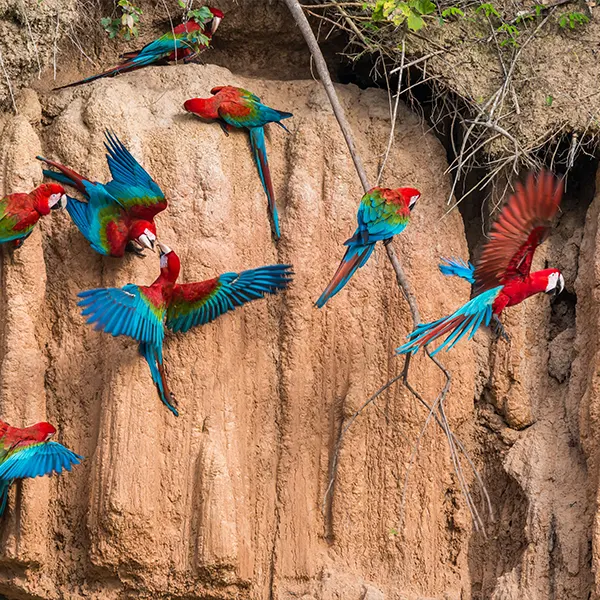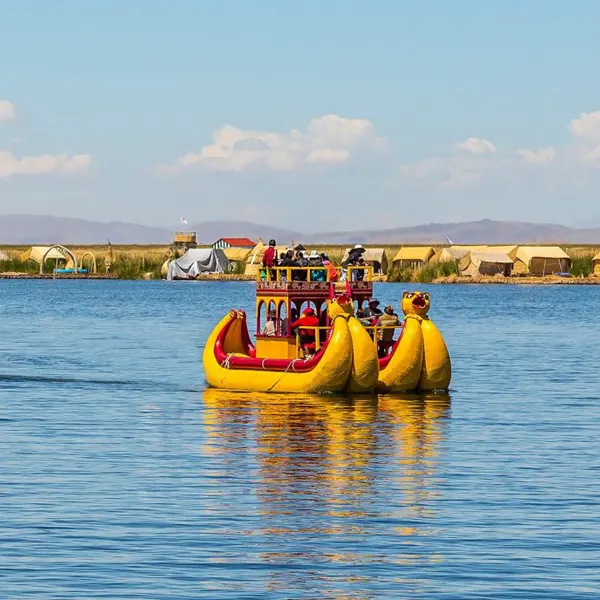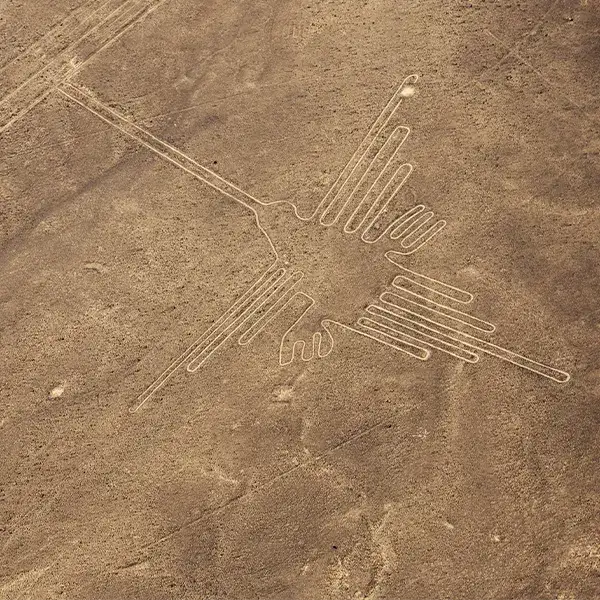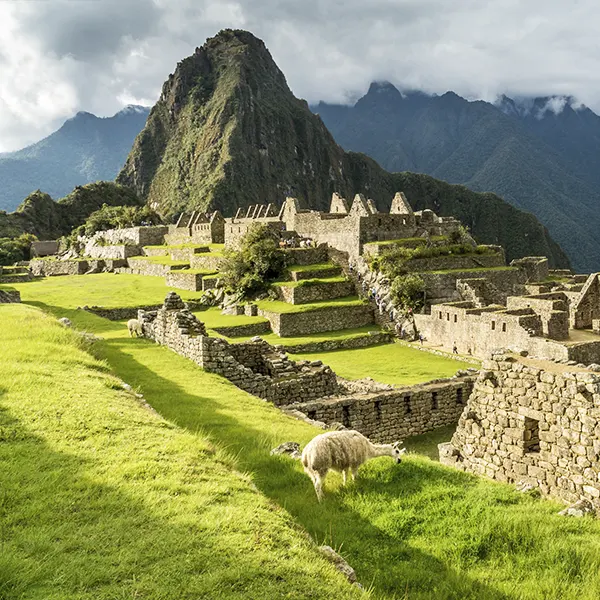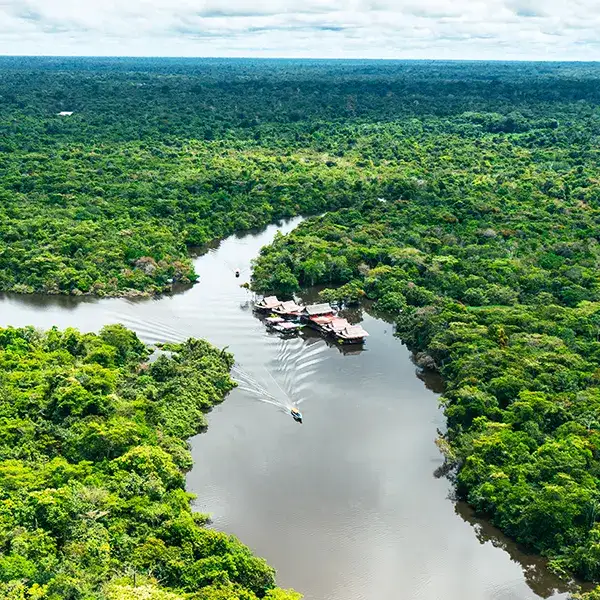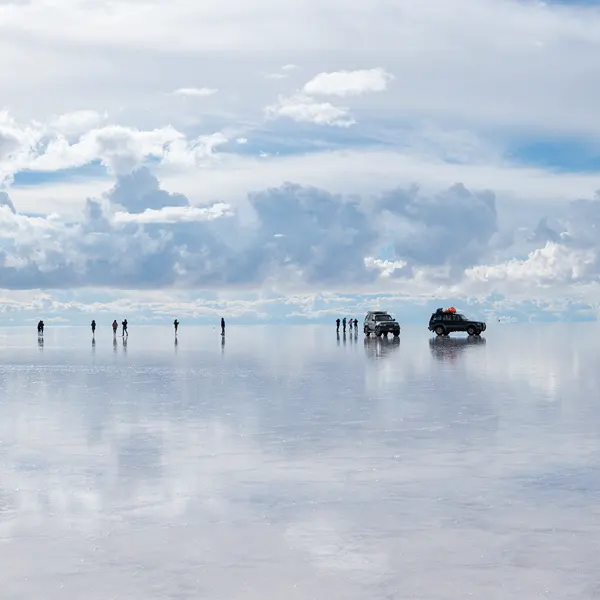At the heart of Machu Picchu, one of the most enigmatic sites in the world, lies a stone that has fascinated archaeologists and travelers for centuries: the Intihuatana.
This unique monolith, whose name in Quechua means “hitching post of the sun“, is a testament to Inca architectural mastery and a profound symbol of their relationship with the cosmos.
This blog will explore the mysteries surrounding the Intihuatana, exploring its meaning, function, and legacy. We accompany Machu Travel Peru on this adventure.
Enjoy the journey to Intihuatana
- What is the Intihuatana?
- Where is the location?
- Use and function of Intihuatana
- Symbolism for the Incas
- Construction: When and by Whom
- Current Importance
- Frequently questions
What is the Intihuatana?
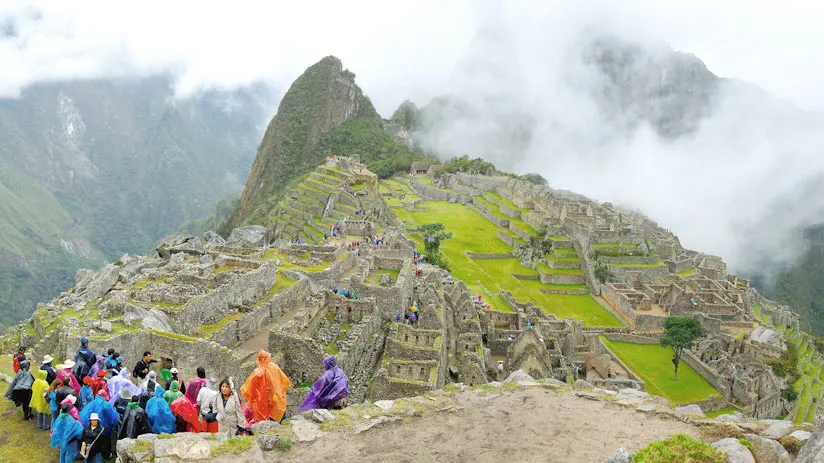
The Intihuatana was a ceremonial and monumental structure of the Inca civilization. The word “inti” means sun, and “huatana” is translated as “to tie”. The word comes from Quechua and means “tied the sun”.
It was built by the Inca civilization in the 15th century as an essential part of Machu Picchu. Many historians and scientists mentioned that its function was astronomical and religious ceremonial. However, gathering more information throughout these years is impossible because when the Spaniards arrived, they destroyed all the Intihuatanas in destroying idolatries.
We should also note that the Intihuatana is composed of large granite sculptures. It stands between 1 and 2 meters tall and is about 2 meters wide. The designers created a staggered base and a protrusion at the top oriented to the four cardinal points.
Where is the location?
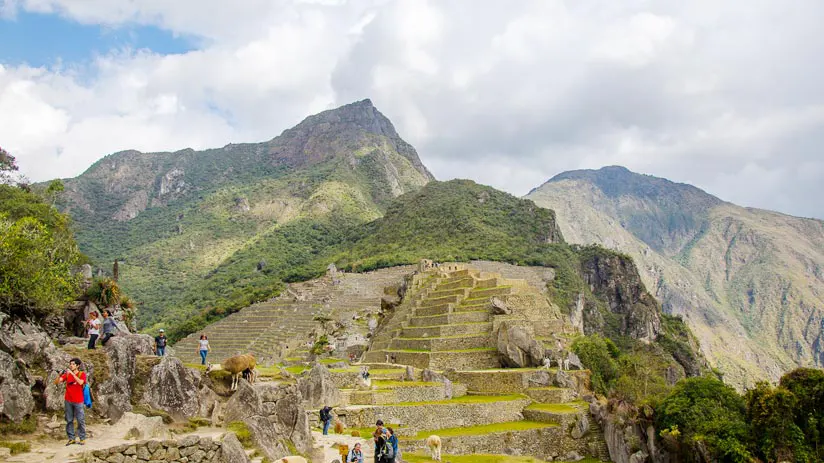
The Intihuatana is found in the Inca citadel of Machu Picchu, a UNESCO World Heritage Site famous for its advanced astronomy techniques and impressive Inca architecture.
The Intihuatana is located on a hill that looks like a pyramid. It is in the ‘Hanan’ area Machu Picchu. To the north and south of the building are two lengthy staircases leading to the Intihuatana. A guided tour on the map of Machu Picchu Intihuatana is a must-see in the Inca.
Use and function of Intihuatana
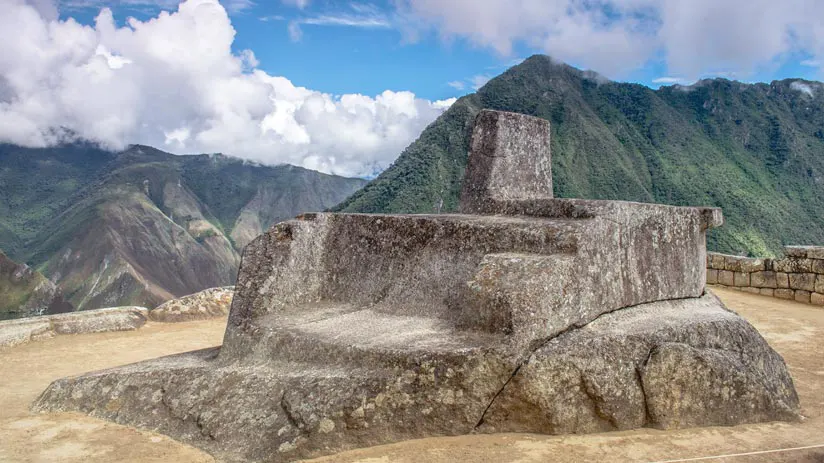
The Intihuatana had many uses. It served essential astronomical functions and connected spiritually to the Incas and nature, as shown below.
The astronomical function
At this point, we have the measurement of time; the Intihuatana was a sundial that allowed the Inca civilization to control the time and measure the agricultural seasons by projecting shadows. This fact was fundamental to determining the moments of sowing and harvesting.
It is essential to mention that the Inca calendar had 12 moons of 30 days each and a year of 360 days. Lastly, the Incas made astronomical observations as part of their way of life since they calculated the dates of these events, which were directly related to the sowing and harvesting.
The ceremonial function
Rituals in the Inca empire were part of the Andean cosmovision, which allowed them to connect with nature and feel its protection. This helped them communicate with their divinities and practice religious worship based on nature and earth.
Therefore, in honor of the god “Inti”, the Intihuatana was used to make offerings to this god. The Andean priest performed the ceremony, especially on the solstices and equinoxes.
It is essential to mention that one of the most important festivities of sun worship was the “Inti Raymi”, which lasted 15 days, where offerings, dances, and some sacrifices of llamas and alpacas to ensure good crops and the health of the people were performed. Mama Quilla (Moon Goddess) was also celebrated and remembered, where the Coya Raymi was celebrated in her honor, and prayers, offerings, and the importance of the Moon in their agriculture and fertility were offered.
Symbolism for the Incas
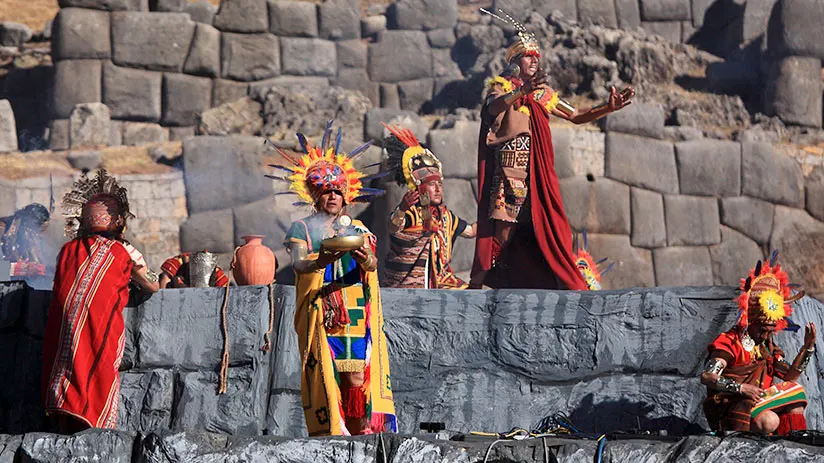
For the Incas, the Intihuatana was “the place where the sun is tied” and was assimilated as a link between the earthly and the divine. This means that it allowed communication between the world of the people and the world of the Inca gods.
Social scientists say there are many meanings. However, the most important is that the Incas viewed the Intihuatana as a sun altar. This belief connects with the cosmic, allowing daily rising and setting.
We can also see that the Intihuatan symbolized ritualism. The Inca priests made offerings to the Sun God and other gods to show gratitude for everything these gods provided on earth. Last but not least, the connection that the Intihuatanas had to predict the solstices and equinoxes was unique and magical. All this was for magic and ritual.
Construction: When and by Whom
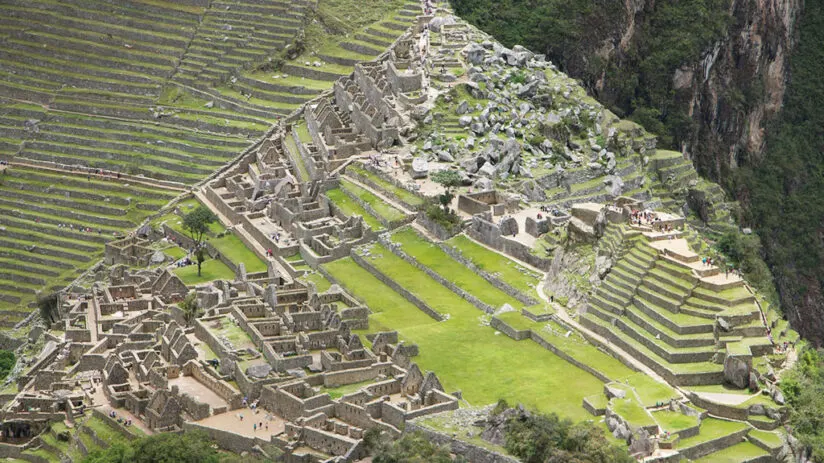
The construction of the Intihuatana of Machu Picchu is one of the Inca citadel’s most essential and fascinating structures. It was built in the 15th century during the rule of the Inca Pachacuteq. This Inca was famous for his eagerness to expand and consolidate.
It had a granitic stone design and a height of one to two meters in diameter. This is a solar clock. It helps us understand the astronomical calendar and allows us to observe solstices and equinoxes.
Also, looking at the Intihuatana in more detail, we can see that it has a smooth stone carving on a rectangular base and central block. The Incas used large blocks of stone, known as masonry. This technique helped provide stability during earthquakes.
Current Importance
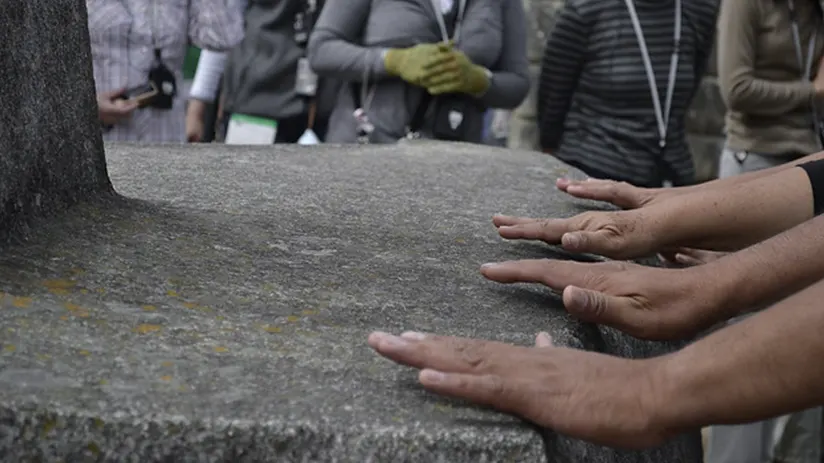
The Intihuatana had a significant cultural and historical relevance in the Inca Empire. This will be explained below.
Religious Rituals
The Intihuatana was very important in the Inca spiritual life. It served as a site for crucial religious ceremonies and had practical uses.
Preservation and Protection
Protecting the monolith is essential for understanding Inca culture. Spanish colonialism caused significant damage, which is still evident today. An incident in 2000 further harmed the area.
The Intihuatana of Machu Picchu is a popular tourist spot. It also represents the rich culture and history of the Inca Empire.
Frequently questions
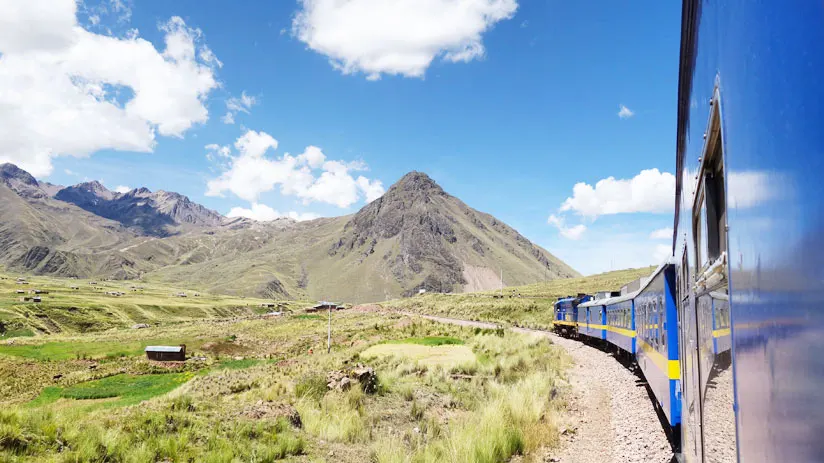
Which is the best time to visit Machu Picchu?
The best time to visit Machu Picchu is during the dry season, which runs from May to September. This period offers the most favorable weather and conditions. However, it is also the peak tourist season, so it is crowded.
Has the Intihuatana suffered any damage or destruction over the years?
The Intihuatana has indeed sustained damage throughout the years. On September 8, 2000, a crane used for a commercial shoot fell over, chipping part of the granite tower.
It is important to remember that the Intihuatana is a key part of the Inca citadel. It combines elements of Andean tradition and spirituality. We hope this blog has been helpful and that you can enjoy the Machu Picchu tours.
What outstanding facts has Intihuatana of Machupicchu in its history?
About Machu Picchu facts, which we will mention:
- Builders constructed the Intihuatana around 1450 during the reign of Pachacutec. It was a ritual stone to observe the stars and track the farming seasons. The Incas measured time by observing the sun’s position and predicted seasonal changes.
- “Intihuatana” refers to “the place where the sun is tied”. Incan beliefs consider this a sacred link between the earth and the sky. It symbolizes the Inca’s deep reverence for the sun, which they consider a vital deity.
What other Intihuatana exist?
There are 3 Intihuatanas outside the Intihuatana of Machupicchu, which witnessed a deep spiritual connection with the Inca empire:
- Intihuatana of Pisaq
- Intihuatana of Ollantaytambo
- Intihuatana of Qenqo
How to get to Machu Picchu?
To answer the question of how to get to Machu Picchu, you first need to reach Cusco, the nearest major city and the starting point for most travelers. From Cusco, you can take a train to Aguas Calientes, the town located at the base of Machu Picchu. The most popular train companies are PeruRail and IncaRail, and the journey takes about 3 to 4 hours. Once in Aguas Calientes, you’ll take a short bus ride (about 20 minutes) up to the entrance of Machu Picchu.
Alternatively, if you’re an experienced hiker, you can trek to Machu Picchu via one of the many trails, such as the Inca Trail, Salkantay Trek, or Lares Trek. These multi-day hikes offer incredible views of the Andes and a unique experience leading to the ancient site. It’s recommended to book your train tickets and Machu Picchu entrance tickets in advance, especially during peak tourist seasons, to ensure availability
“EVERY TRIP IS A NEW ADVENTURE”
In summary, the Intihuatana is a clear example of the advanced astronomical and architectural knowledge of the Incas. Beyond its value as a tourist attraction, this site reminds us of the deep connection between the Andean people and the cosmos. While much of its original meaning has been lost over time, it remains a crucial point for understanding the history and worldview of this ancient civilization. By visiting Intihuatana, we explore a historical site and reflect on the knowledge and wisdom left behind by the Incas.
We’re happy to have you join us at Machu Travel Peru. We hope you enjoy your experience and continue discovering the magic of our ancient treasures!
Peru has so much to offer, it can be hard to know where to start. With many years of experience in the tourism sector, Machu Travel Peru is happy to help with anything regarding your trip to Machu Picchu and any tours around it. Make your Machu Picchu experience an unforgettable one!

